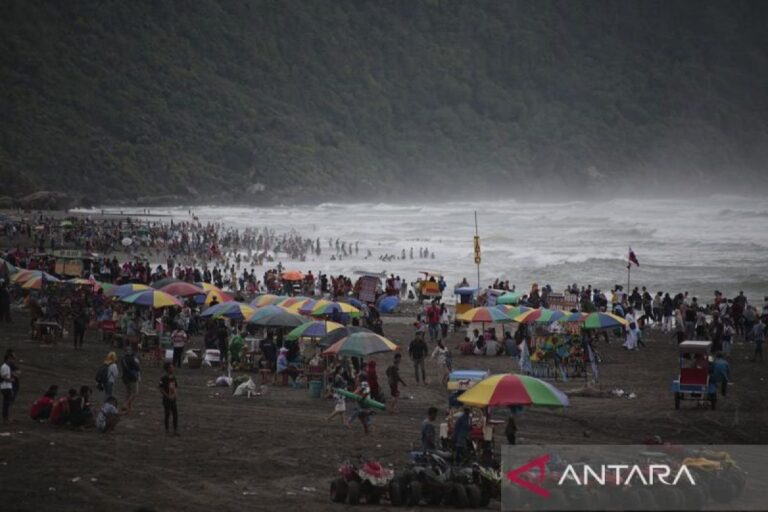Noviar Rahmad, head of the Yogyakarta Regional Disaster Mitigation Agency (BPBD), confirmed on Tuesday that all victims received immediate treatment at a local monitoring post and did not require hospital referral.
He noted that jellyfish have recently been sighted along much of Yogyakarta’s southern coastline. In addition to Parangtritis Beach, jellyfish have appeared on beaches in Gunungkidul.
Rahmad said most of the victims were children who mistook the jellyfish for toys because of their colorful appearance.
“Some think they look like the jellyfish in SpongeBob. The ones stranded on the shore often look like toys — some are rainbow-colored, others blue or red,” he explained.
He warned that the jellyfish found on the southern coast typically have long tentacles, and their sting can cause a painful burning sensation or, in more serious cases, impact vital organs.
“The dangerous ones have long tentacles that can cling to the body. If they touch the chest, they can affect the lungs or heart,” he said.
Field officers are now equipped with alcohol to treat jellyfish stings.
“They first remove any residue from the skin, then apply alcohol to the affected area,” Rahmad said.
The BPBD has also increased beach patrols and is clearing stranded jellyfish from the shoreline each morning.
“Our team inspects the beaches every morning to remove any jellyfish that have washed ashore,” he added.
Related news: Jellyfish sting several dozen tourists on Gunung Kidul beaches
Related news: Sixty tourists stung by jellyfish at Pelabuhanratu Beach
Translator: Luqman, Kenzu
Editor: Anton Santoso
Copyright © ANTARA 2025

